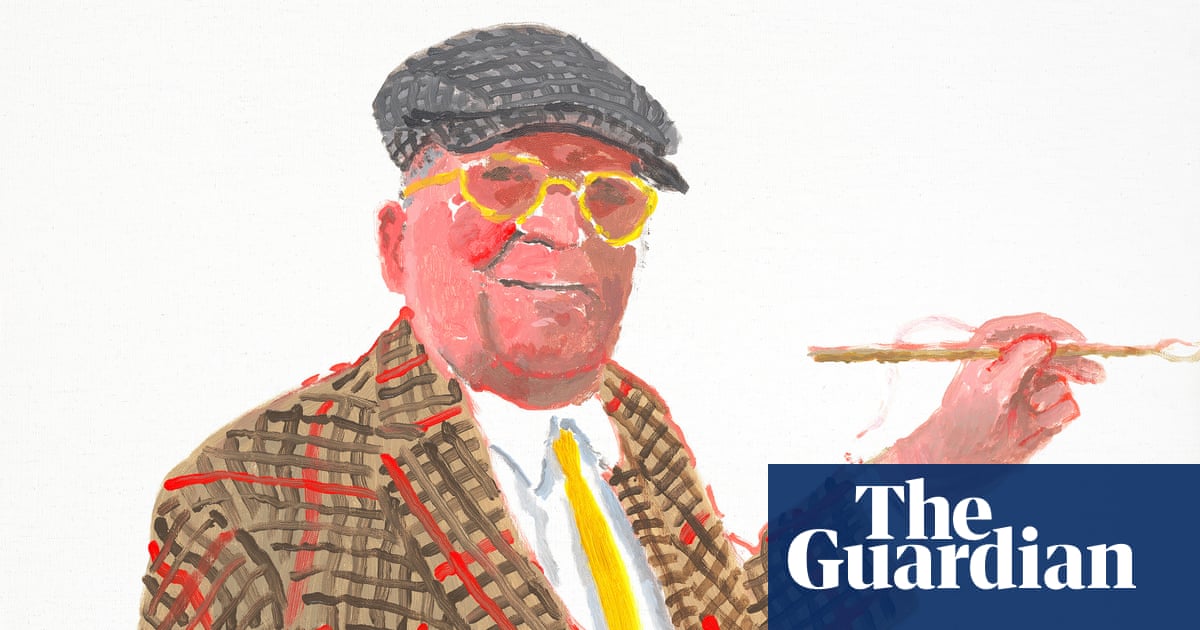
Exhibition of the week
Frank Bowling and Sculpture
This mighty abstract painter of history and sorrow reveals his sculptural side.
Stephen Lawrence Gallery, London, until 3 September.
Also showing
Milton Avery
The seascapes of America become sublime abstractions in this artist’s works, which are like Rothkos with people in them.
Royal Academy, London, from 15 July until 16 October
Lyndsey Mendick
Strange ceramics and homages to Anne Boleyn and Medusa from an artist with a joyously subversive imagination.
Carl Freedman Gallery, Margate, until 28 August
Space Popular
An exhibition of “portals” that open to take you on fictional journeys in time and space, from the Tardis to the world of JK Rowling.
Sir John Soane’s Museum, London, until 25 September
Cardboard Gothic
Pollock’s Toy Museum brings to life the lurid imagination of Horace Walpole, builder of Strawberry Hill and inventor of the gothic novel.
Strawberry Hill, London, until 14 September
Image of the week
Female truckers in the US are in it for the long haul. These are the women who have faced off sexist comments, health problems and unwanted intruders to pursue a career behind the wheel. See the full gallery here.
What we learned
An undiscovered self-portrait of Vincent van Gogh has been hiding in plain sight
Boris Johnson’s expensive flat refurb was a revealing window into his recent “Trump-like madness”
Howardena Pindell is countering tragedy, horror and everyday racism with fearless grace
Turner prize winner Mark Leckey’s dream came true
Looted antiquities returned by France have begun a “royal tour” of Benin
From “Barbies scissoring” to “contorted emotion”, artists are using AI
Dress to impress: a new exhibition looked at the influence of clothes on how we live
A Barnsley quartet purged their demons
Brent biennial brought queer cheer to London
The Skywhale balloon sculpture was grounded in Australia after strong winds ripped a ‘gash’ in the balloon
The lives of the forgotten, erased and dispossessed have been uncovered in a gripping new show
Masterpiece of the week
St Matthias at the Guillotine by Lucas Cranach the Elder (c.1512)
If you thought the guillotine was invented to kill aristocrats in the French Revolution, think again. This German Renaissance woodcut depicts a beheading machine in use a lot earlier. As St Matthias, who was enrolled as an apostle to replace the traitor Judas Iscariot, rests his neck on its base, a terrifying blade is ready to descend. Were such machines really in use? As with Leonardo da Vinci’s designs for secret weapons and flying machines, Cranach could be using his artistic skill to make a fantastic device look possible. He may even be promoting it as his invention. It certainly looks solid and sinister. You can almost feel the grain of the wood in this grisly example of the power and strangeness of German Renaissance art.
British Museum, London.
Don’t forget
To follow us on Twitter: @GdnArtandDesign.
Sign up to the Art Weekly newsletter
If you don’t already receive our regular roundup of art and design news via email, please sign up here.
Get in Touch
If you have any questions or comments about any of our newsletters please email newsletters@theguardian.com












